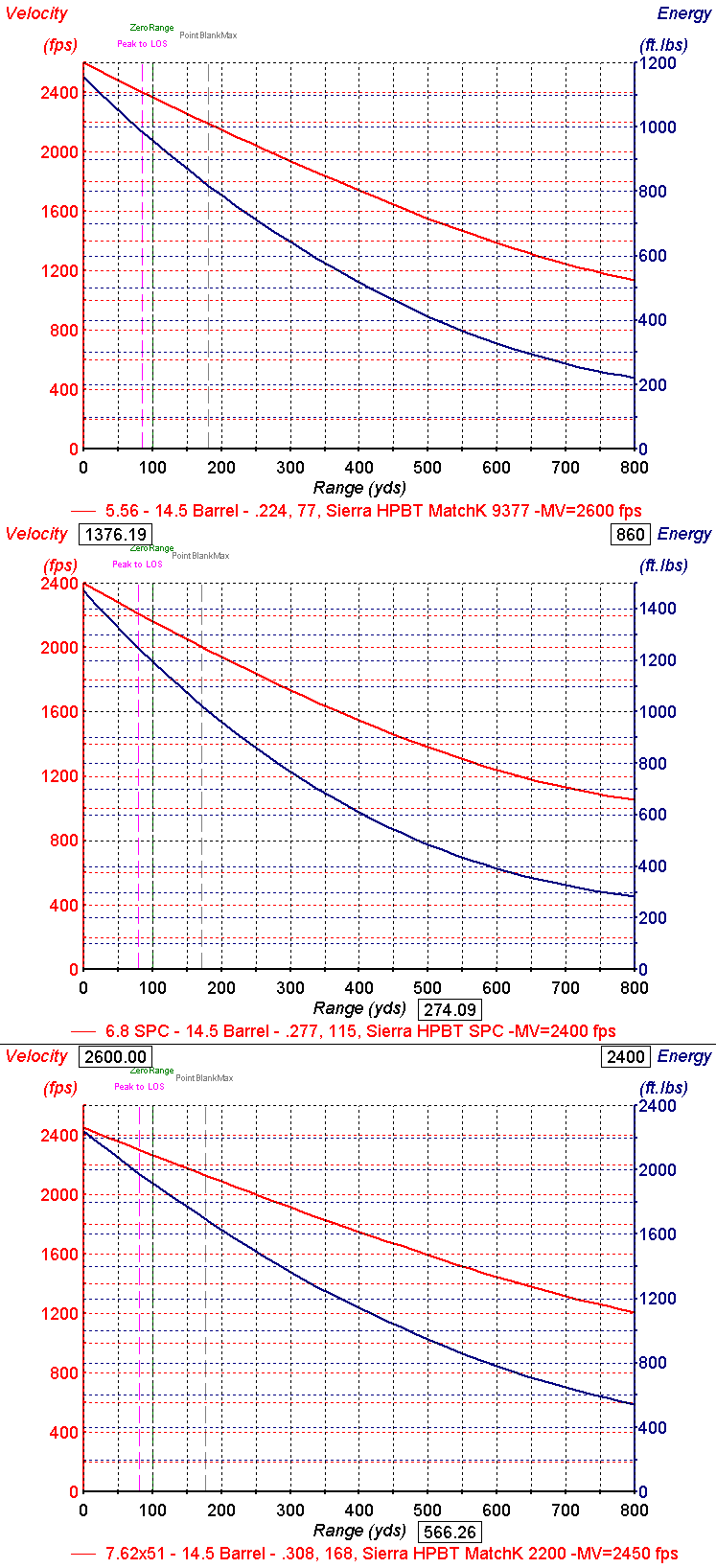Gentlemen,
Can anyone recommend me a good online source that covers the "5.56 vs 6.8" topic???
I guess I should just say that I'm looking for an article/writeup, that simply shows the difference in knockdown power (ft/lbs of energy) between the two rounds at different distances, with different bullets.
I'm not looking to get SUPER technical with this, and I'm not really wanting to start reading about every technical stat that can possibly be. However, as I said, I'd simply like to read a little bit about the differene in ft/lbs of energy between the two rounds, and maybe a little info on the max effective range(s) with different bullets, etc, etc.
What say guys?
Anyone got a simple but effective source of info out there that has covered this topic?? I'm especially not looking for a 50 page long thread, where 90% of its contents turned out to be a bunch of arguing and fighting over which round is the "better" round...
Thanks for any help guys, and if anyone here has any tech info to add, I'd love to hear it.



 Reply With Quote
Reply With Quote






Bookmarks